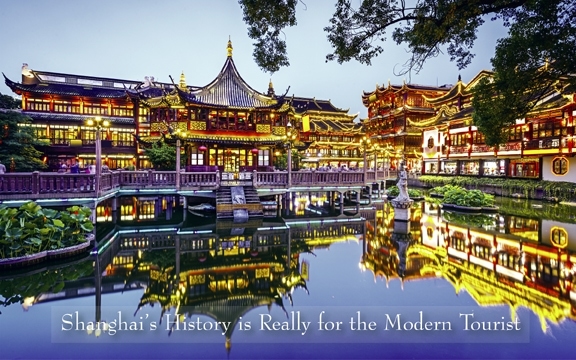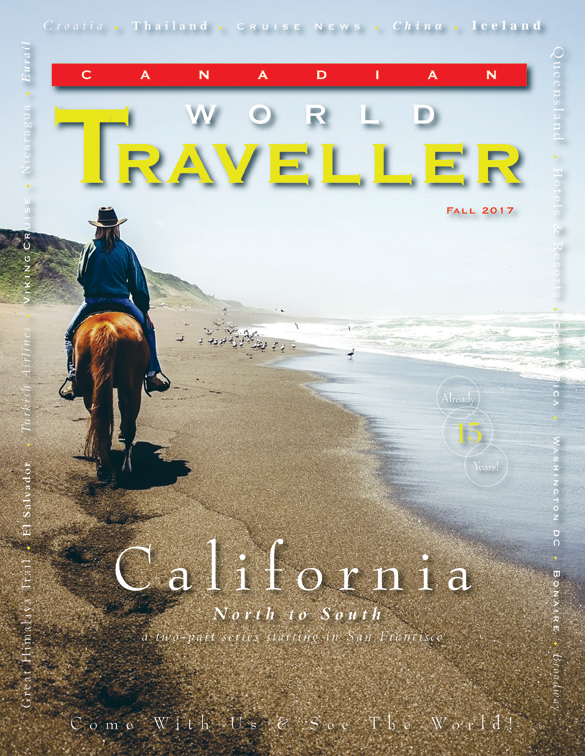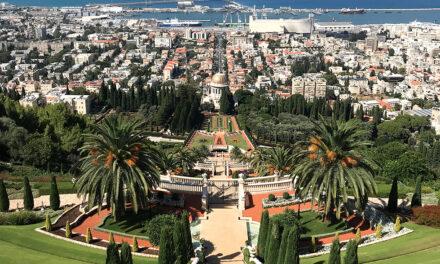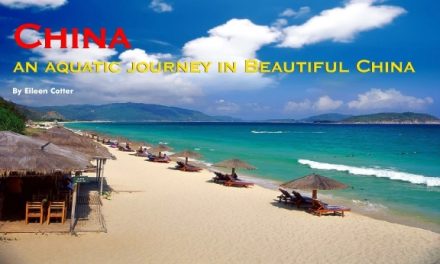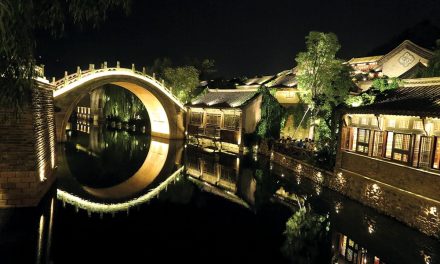China
Shanghai’s History is Really for the Modern Tourist
by Habeeb Salloum
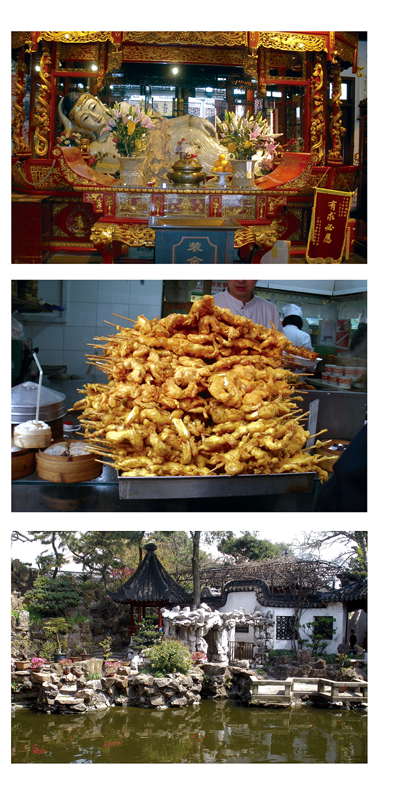
“Do you know the three most famous things in China?” Quickly, our Shanghai guide, answered himself. “Of course, you know the first! It’s the panda. As for the second, it’s the Sichuan women and the third are the men of Shanghai. I’m not kidding! Just look at me!”
Almost everyone in our group of eleven snickered. However, his egoistic joke put us all in a good mood for exploring some of Shanghai’s historic sites and feeling and seeing what China was like, during the past centuries. Today, called the ‘Oriental Pearl,’ it reflects and bridges the new China with its history.
Not many people when they think of Shanghai relate this city of just over 24 million to temples and gardens. Rather it is usually known for its huge financial transactions, endless skyscrapers, busy modern markets and thriving commerce. This is true, however, the city has much more to offer.
Hidden within this Dallas of China, the old part of the city stands as a testimony to China’s rich history. From here, wealthy merchants sent their goods to all of Asia and beyond. The remains of a city where emperors once strolled still are remarkable in their lure to tourists and other travellers.
We began our journey in Shanghai’s Old Town, whose history goes back for at least one thousand years. Stepping down from the bus, I was amazed at the exquisite architecture all around us. The style went back to the days when the city was first established.
Of course, the buildings must have been rebuilt many times, but the original type of architecture has always been maintained. Today, this ancient quarter is filled with new traditional style structures, housing, eating-places and souvenir stores, as well as other types of shops and stalls. Among the numerous gems to be found in the old part of the city are three historic structures: Yuyuan Gardens, Old City God Temple (Chenghuang Temple), and the Jade Buddha Temple, some distance away. The whole area defuses an aura of a lively bazaar hopping with activities.
We made our way through masses of people to the 400-year-old Yuyuan Garden, whose name means pleasure and happiness. It depicts the Classical Chinese garden style and is a living portrayal of the finest landscaping designs from the Ming and Qing Dynasties. One of China’s finest looking classical gardens, it includes Pagoda-style pavilions, carp pools, and bamboo clusters scattered throughout this classic Ming Dynasty garden.
Behind us we left a world of noise and mass of humanity to enter a haven of relaxation and solitude. In this garden’s days of glory, it overflowed with traditional pavilions, rockeries and ponds artfully separated by latticed walls, windows and winding corridors – an earthly paradise for the nobility.
We enjoyed the tranquility of the garden for some time then departed for the edging City God Temple – one of the most important tourist attractions in the city. A magnificent Chinese style building, it was built in the early 15th century and today is a major Taoist temple in the Huangpu district in Shanghai. It is the centre of a true food bazaar and shopping market.
Strangely, people do not usually come to the old City God Temple just to pray, but for a taste of the most authentic of Shanghai food specialities. The Temple is the centre for the best of Chinese food. It encompasses reasonably priced shops and the selling of all types of goods to tourists and locals alike. Almost every visitor who travels to Shanghai makes at least one trip to the Temple.
We gloried in the delectable snacks: baiye, made with thin layers of bean curd; tangbao, a type of dumpling; and youmianjin, fermented meat balls, a popular food. “This is a food Shangri-la” my colleague commented, as he shoved yet another tangbao into his mouth.
From the Old City God Temple, we moved on to the Jade Buddha Temple, built to honour the two jade Buddhas brought to China from Myanmar. The sitting and reclining jade Buddhas are both impressively carved – each from a single piece of jade. Every year, hundreds of devotees from China and abroad make annual pilgrimages to this renowned temple, which stands as an important religious shrine, in the world of Buddhism.
A special religious ceremony was taking place this day and we had to make our way through a milling crowd, including many tourists. As we entered the courtyard, monks were burning incense. Passing them through a thick haze of perfume smoke, our guide grinned, “The monks are up-to-date! They’re sending e-mails to their ancestors and Buddha. Don’t you think they’re very modern?”
In the adjoining rooms, monks were chanting or reading from their holy books, indifferent to passing tourists or the clicks of cameras. Amid them, women were making religious objects, while others burned incense or prayed to the many Buddhas found in all parts of the sprawling temple. No one seemed to be annoyed by the strangers staring while they performed their religious duties. To me, it became apparent that Buddhism was, as a peoples’ religion, alive and well.
That evening, after a full day of exploration, we were seated in the New Shanghai Circus Theatre, watching an acrobatic performance. It was an evening of eye-bulging acrobatic feats, culminating with daredevil motorcyclists riding their vehicles with unbelievable speed inside a globe structure. Crisscrossing each other’s paths at breakneck speed, they held the audience in a grip of fear and awe. It was a fine climax to our day of discovering China and the culture of its people.
On our way to the hotel after the breath-taking show, our guide’s description of his country seemed appropriate. “China is the mother of nations! Look at what it has contributed to mankind! Gunpowder, paper, paper money, printing, the production of mercury, silk and much, much more, had their origin in this land. Sleep well! Tomorrow, there is a great deal more to
discover!”
If visitors have time to spare, Shanghai offers much more tourist attractions. Besides the sites in the old city, the following are a must: The Bund, this commercial hub was in the past and is still today the city’s throbbing heart; the 468 m (1,535 ft) high Oriental Pearl TV Tower, a landmark in the city with fifteen levels, one of which has a revolving restaurant at the 264 m (896 ft) level; People’s Square, Shanghai’s largest public square where one can feel the pulse of the city; Shanghai Museum, built in the shape of a large tripod, it houses 123,000 cultural relics; Longhua Pagoda and Longhua Temple, the latter being the oldest and largest temple in Shanghai; and Guyi Garden, a charming classical garden built during the Ming Dynasty.
When one finishes touring these sites, one will have only experienced an inkling of China’s magnificent history and culture.
www.tourismchina.org
Click on cover to view published article

